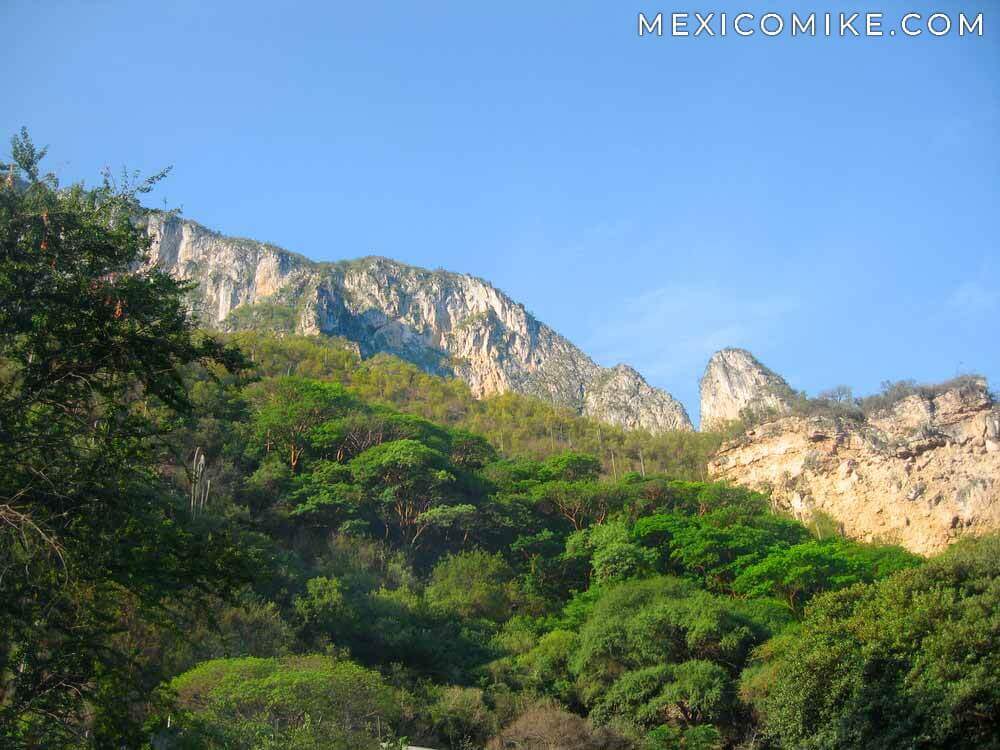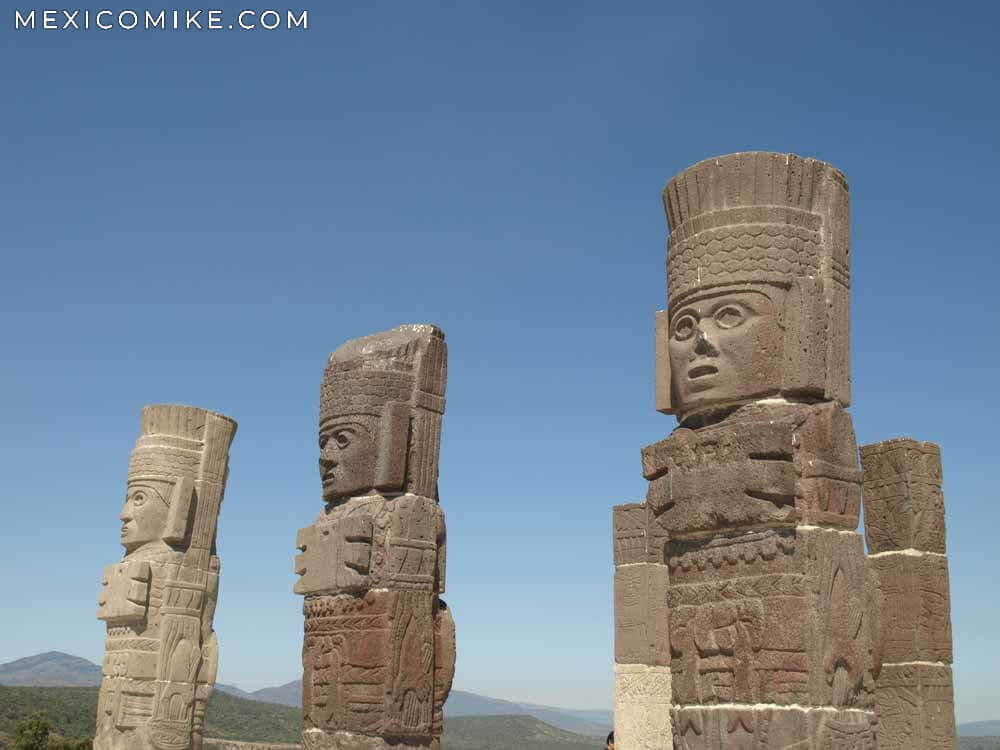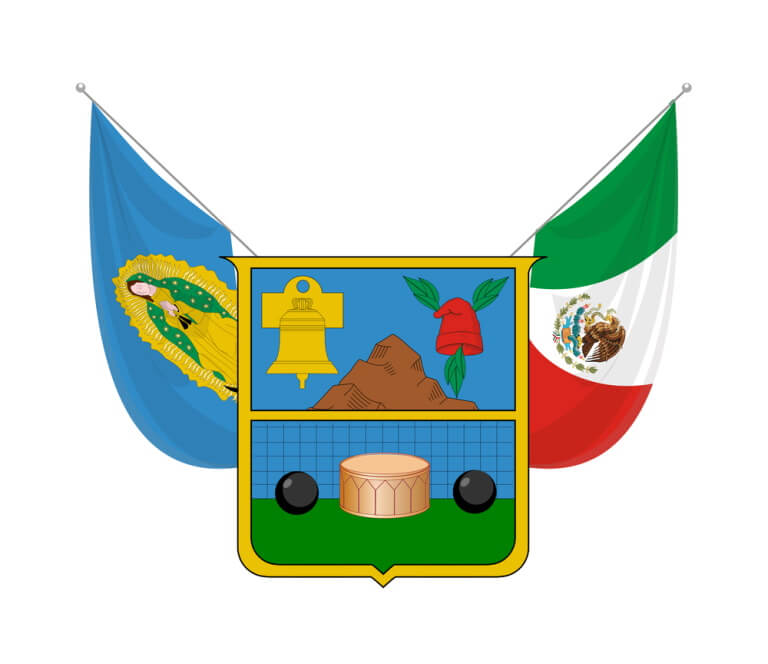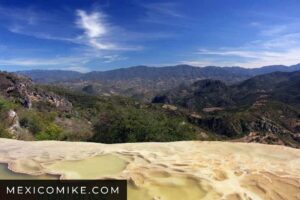Hidalgo is an eastern state of Mexico that borders the Mexican states of Querétaro, Mexico, Tlaxcala, Puebla, Veracruz, and San Luis Potosí. The state was named in honor of the initiator of the Mexican War of Independence, Miguel Hidalgo y Costilla. Its capital Pachuca de Soto is also the state’s largest city.

Important Facts about Estado Hidalgo, MX
Hidalgo is among the nation’s smaller states, with an area of 8,049 square miles. Hidalgo has a population of 2,712,170 people. The state was created by Benito Juarez, a five-term president of Mexico, in 1869. The state is revered for its tourist industry, which includes eco-tourism, hacienda tours, archeological ruins, and natural attractions. Some of the state’s indigenous people’s, particularly those of the mountainous regions, retained much of their cultural heritage; today, they enjoy a strong identity that influences both politics and culture in the state.
Geography and Landscape
Hidalgo is known for its rugged terrain. While there is a section of the state that sits on a coastal plain, the majority of Hidalgo’s territory is mountainous. The coastal plain region of the south is low and flat; flora like prickly pear and mesquite grows well there. The Huasteca sierra region boasts a lush environment for forest growth like ebony and mahogany. Animals that make their home throughout the state’s territory include an opossum, wild cats, rattlesnakes, and badgers. Some of Hidalgo’s tallest peaks include Cerros la Penuela, Las Navajas, and El Agua Azul. The main river that flows through the state is the Moctezuma River. Because Hidalgo has a varied topography, it also enjoys various climactic elements depending on the region; the climate ranges from semi-hot and humid to temperate and semi-dry.

The History of Hidalgo
Present-day Hidalgo is part of the historic Mesoamerican region known for its rich history. Many indigenous peoples traveled through this region, often leaving their mark in the form of archeological evidence or, perhaps, were influenced by what they found as they passed through the territory. Major groups that occupied the Hidalgo region included the Toltecs, Chichimecas, and Aztecs. After the Spanish Conquest, Hernan Cortes controlled the territory of Hidalgo and opened it up to Spanish missionaries. The first Franciscans arrived in 1523 to set up missions and build churches in the area. Under the governorship of the notorious Nuno Beltran de Guzman, the indigenous population greatly declined due to rough treatment by the Spanish and European diseases. Over the subsequent centuries, Hidalgo became well known for its mining industry. Agricultural practices, like raising livestock, led to the construction of many colonial haciendas. Both silver and gold have been mined in the region as the mining industry ebbed and flowed from era to era. After Mexico won its independence from Spain, the territory remained part of the state of Mexico until it was declared an independent state in 1869. Today, the state has become increasingly industrialized due to its proximity to Mexico City. Its historical, cultural, and scenic attractions draw many visitors to the state, making tourism an important Hidalgo industry.

Tourism
From its state parks to archeological sites, Hidalgo boasts many popular attractions for tourists. The state’s tourism industry has divided the territory into various corridors. Some corridors, like the mountainous terrain, are popular for eco-tours and outdoor activities like hiking and camping. Extreme sports like rappelling and mountain climbing are also popular in the mountain and canyon landscapes. The water park corridor, Corridor de Los Balnearios, is an especially tourist-friendly region known for its natural thermal spring, spas, and water parks. Visitors to the state also enjoy touring the historic ruins, colonial-era haciendas, and archeological ruins. Hot-air balloon rides, fishing, and enjoying the sites of the state’s cities and villages are also popular pastimes for tourists. When visiting Hidalgo, many travelers make a point to enjoy Otomi cuisine, which often features delicacies like ant larvae; on the other hand, the most popular culinary dish of Hidalgo is barbacoa, a specially prepared barbecue beef that is the official dish of the state.

Pachuca de Soto
The capital is known for its many tourist attractions. One of its most popular landmarks is the Reloj Monument, a clock tower that was built to commemorate the centennial of the Mexican War for Independence. The famous Church and Ex-Monastery of San Francisco, completed in 1660, also draws many visitors to the city. Many of the city’s churches and colonial buildings are important historic sites. Because the city is less than sixty miles from Mexico City, it remains a popular destination for weekend getaways and international visitors.

Pachuca de Soto
The capital is known for its many tourist attractions. One of its most popular landmarks is the Reloj Monument, and its architecture draws many tourists.
Church of San Miguel Archangel: This spectacular church is located in the city of Ixmiquilpan; it was declared a national monument in 1933.
Tula: The town of Tula is part of a nationally famous archeological zone. The nearby ruins feature an ancient Toltec capital city.
Actopan: This city of famous for its San Nicholas de Tolentino Temple and Ex-Monastery, as well as its beloved city park, El Eroca. Many also refer to this city as the “Land of Barbecue.”
Mineral del Chico National Park: This region, once famed for its silver mines, is now a popular eco-tourist destination. Fishing, hiking, mountain climbing, and mountain biking are popular activities throughout the park.
Huasca de Ocampo: This town is one of the state’s best-known tourist destinations for weekend getaways. Its canyons, waterfalls, and quaint old haciendas make it a popular tourist center.
Universidad de Futbol: One of the only institutions of its kind in America, this university is centered on sports, particularly football, and offers courses central to sports education, administration, medicine, and other disciplines related to sport.
Rehilete Children’s Museum: Located in the capital, this interactive learning museum is among the best in Mexico for children.


